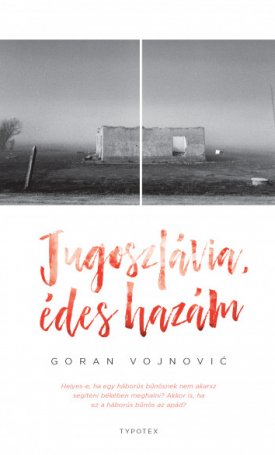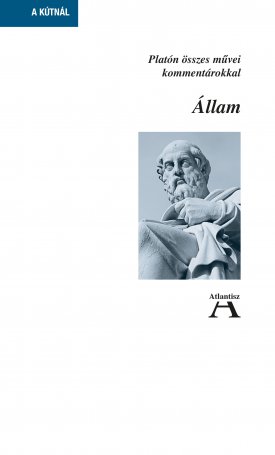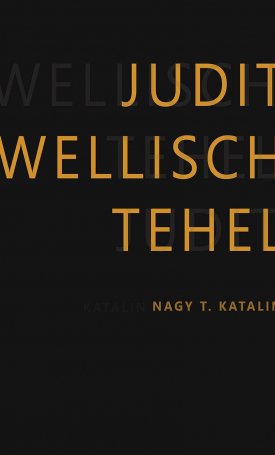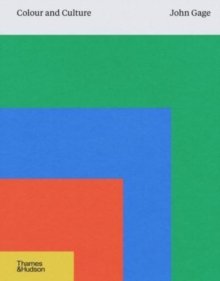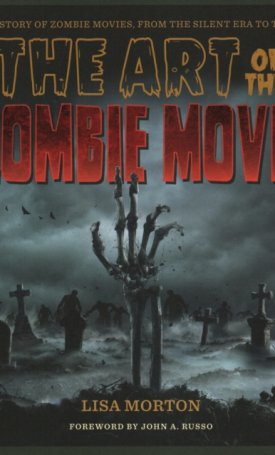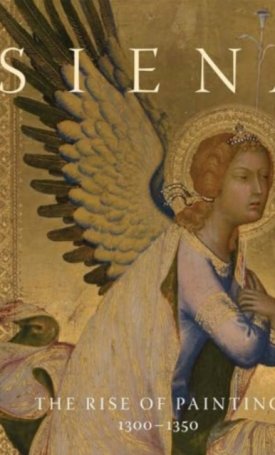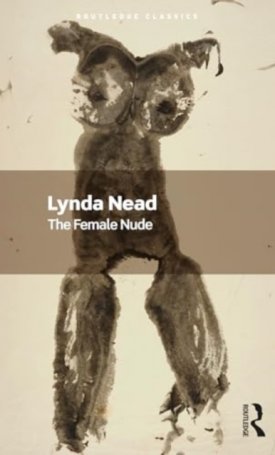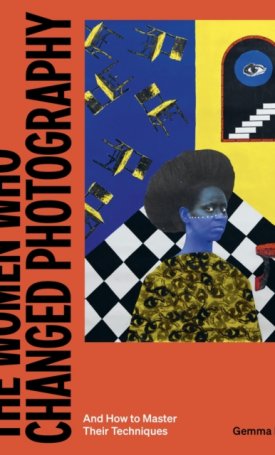American Art to 1900 - A Documentary History
ISBN: 9780520257566
Size: 178 * 254
Weight: 680 g
Page no.: 1104
Publish year: 2009
American Art to 1900 - A Documentary History
From the simple assertion that "words matter" in the study of visual art, this comprehensive but eminently readable volume gathers an extraordinary selection of words—painters and sculptors writing in their diaries, critics responding to a sensational exhibition, groups of artists issuing stylistic manifestos, and poets reflecting on particular works of art. Along with a broad array of canonical texts, Sarah Burns and John Davis have assembled an astonishing variety of unknown, little known, or undervalued documents to convey the story of American art through the many voices of its contemporary practitioners, consumers, and commentators. American Art to 1900 highlights such critically important themes as women artists, African American representation and expression, regional and itinerant artists, Native Americans and the frontier, popular culture and vernacular imagery, institutional history, and more. With its hundreds of explanatory headnotes providing essential context and guidance to readers, this book reveals the documentary riches of American art and its many intersecting histories in unprecedented breadth, depth, and detail.
CONTENTS:
Introduction
1. THE COLONIAL ERA
Art in an age of puritanism
The Well-Dressed Puritan
Icons and the Metaphor of Painting
Cotton Mather on Art
Thomas Smith’s Reflection on Death
Dissenting opinions: alternatives to puritan practice
Quaker “Rules” on Tombstones
John Valentine Haidt’s Theory of Painting
Art and the Spanish Conquest
Advertisements
Peter Pelham Scrapes a Mezzotint
Runaway “Limners”
John Durand
Work forWomen
Public Spectacle
Early responses to portraits
Pioneering artists
John Smibert Documents
BenjaminWest onWilliamWilliams
Taste and theory
Of the Knowledge of Painting
The Use and Advantages of the Fine Arts
Poems on portraits
Training and the lure of europe
John Singleton Copley: Ambition and Practicality
CharlesWillson Peale in London and Philadelphia
2. REVOLUTION AND EARLY REPUBLIC
Defining art
John Adams on the Arts
Public Art for the New Republic: Charles Willson Peale’s
Triumphal Arch
The Place of the Arts in American Society
An Early Scheme for a Museum of Sculpture
Sculptors for the Capitol
Wertmüller’s Danaë and “Nudities”
“Native” Subjects vs. Continental Taste
A Plan for Government Patronage of History Painting
Citizens: documents on portrait painting
Bushrod Washington Commissions a Portrait
GeorgeWashington: The Image Industry
Ralph Earl and Reuben Moulthrop: Connecticut Itinerant Painters
Joshua Johnson Advertises
Gilbert Stuart: Eyewitness Accounts
President Monroe Discusses American Artists
Charles Willson Peale’s Advice to Rembrandt Peale
Chester Harding: Self-Made Artist
AUTHOR:
Sarah Burns is Ruth N. Halls Professor of Fine Arts at Indiana University. She is the author of Painting the Dark Side: Art and the Gothic Imagination in Nineteenth-Century America (UC Press), Inventing the Modern Artist: Art and Culture in Gilded Age America, and Pastoral Inventions: Rural Life in Nineteenth-Century American Art and Culture. John Davis is Alice Pratt Brown Professor of Art at Smith College. He is the author of The Landscape of Belief: Encountering the Holy Land in Nineteenth-Century American Art and Culture.

